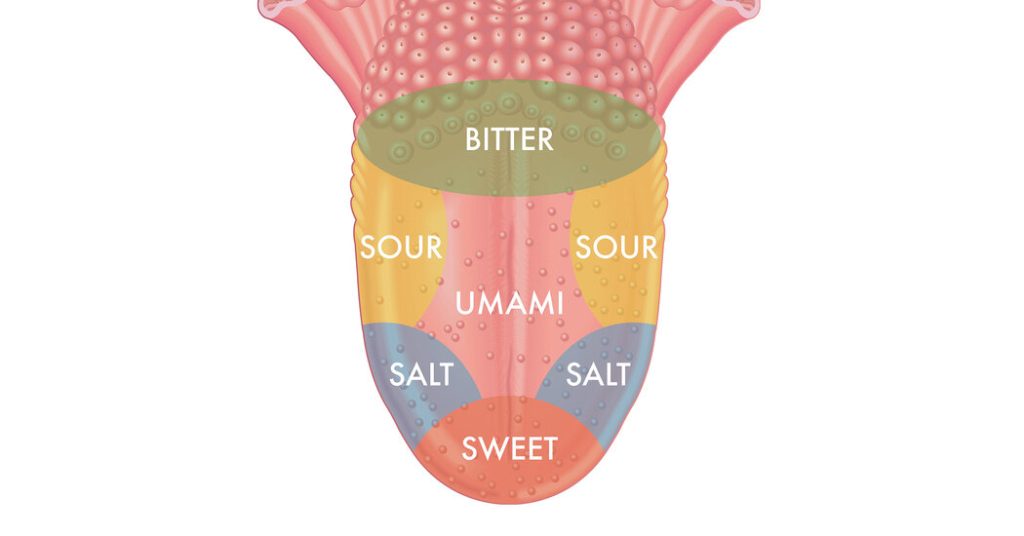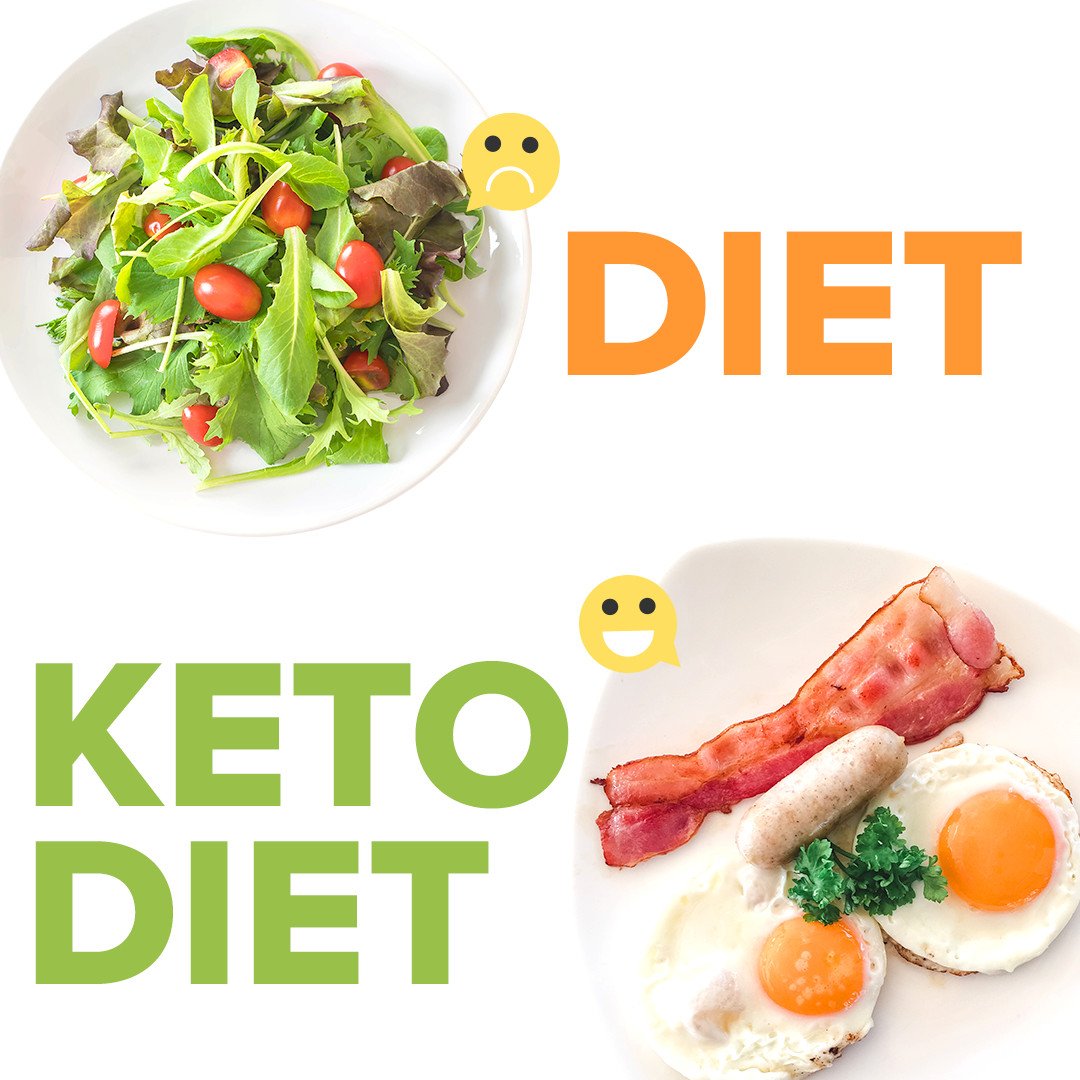Assume for a minute concerning the little bumps in your tongue. You most likely noticed a diagram of these style bud preparations as soon as in a biology textbook — candy sensors on the tip, salty on both aspect, bitter behind them, bitter within the again.
However the concept particular tastes are confined to sure areas of the tongue is a fantasy that “persists within the collective consciousness regardless of many years of analysis debunking it,” according to a review revealed this month in The New England Journal of Drugs. Additionally improper: the notion that style is restricted to the mouth.
The previous diagram, which has been utilized in many textbooks through the years, originated in a research revealed by David Hanig, a German scientist, in 1901. However the scientist was not suggesting that numerous tastes are segregated on the tongue. He was truly measuring the sensitivity of various areas, mentioned Paul Breslin, a researcher at Monell Chemical Senses Heart in Philadelphia. “What he discovered was that you possibly can detect issues at a decrease focus in a single half relative to a different,” Dr. Breslin mentioned. The tip of the tongue, for instance, is dense with candy sensors however incorporates the others as effectively.
The map’s errors are straightforward to substantiate. If you happen to place a lemon wedge on the tip of your tongue, it would style bitter, and should you put a little bit of honey towards the aspect, it will likely be candy.
The notion of style is a remarkably advanced course of, ranging from that first encounter with the tongue. Style cells have quite a lot of sensors that sign the mind after they encounter vitamins or toxins. For some tastes, tiny pores in cell membranes let style chemical compounds in.
Such style receptors aren’t restricted to the tongue; they’re additionally discovered within the gastrointestinal tract, liver, pancreas, fats cells, mind, muscle cells, thyroid and lungs. We don’t typically consider these organs as tasting something, however they use the receptors to choose up the presence of assorted molecules and metabolize them, mentioned Diego Bohórquez, a self-described gut-brain neuroscientist at Duke College. For instance, when the intestine notices sugar in meals, it tells the mind to alert different organs to prepare for digestion.









